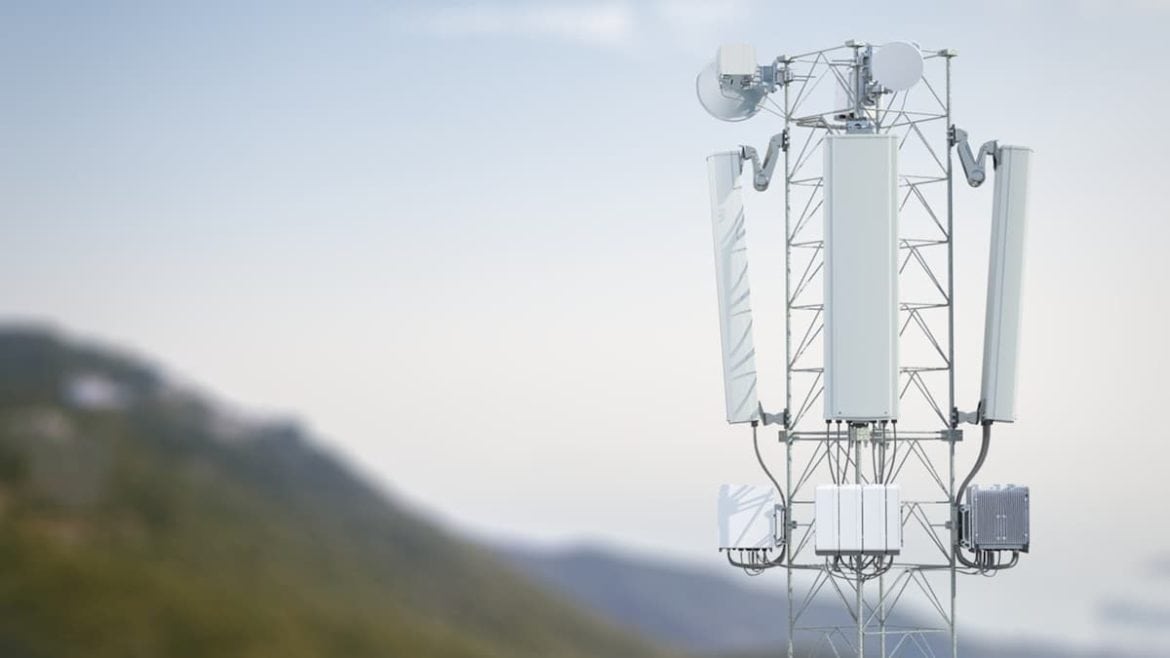
5G mobile subscriptions to reach 2.8 billion at 55% coverage rate by 2025
The fifth-generation (5G) revolution is on course with different leading players setting up the relevant infrastructure. With the promise of faster speeds and lower latency, the number of 5G subscriptions is projected to keep rising in the next few years.
Data presented by Buy Shares indicates that in 2025, the global 5G mobile subscriptions will hit approximately 2.79 billion, accounting for about 35.8% of the current world population. From the data, the North East Asia region will lead the way by about 1.3 billion subscriptions. The 2025 subscriptions represent a percentage growth of 3,391.25% from the 80 million subscriptions recorded in 2020.
Next year, the subscriptions will stand at about 243 million, a growth of 203.75% from the 2020 figures. In 2022, there will be an estimated 680 million 5G mobile subscriptions. The 2022 subscriptions are projected to grow by 456.8% and hit 1.3 billion in 2023. The accelerated uptake of the 5G mobile networks will continue in 2024 with 1.9 billion subscriptions.
The research further overviewed the global mobile coverage rate by different technologies between 2011 and 2025. The data shows an increase in coverage for both the 5G and LTE technology. In 2011, the LTE network coverage rate was 5% globally while in 2020, the coverage is at 83%. By 2025, the LTE coverage is expected to be 91%.
Elsewhere, the 5G network coverage rate stands at 7% in 2020, and it’s projected to hit 55% by 2025. Notably, the coverage rate for all 3GPP cellular networks has been dominantly high from 2011 when it stood at 87%. In 2020, the coverage rate for the 3GPP cellular network is 95%, a rate the will remain constant for the next five years.
Drivers for 5G growth
From the data, the North East Asia region is expected to be the hub of the 5G network controlling almost half of the subscriptions globally. Over recent years, the region has undergone a rapid migration in mobile broadband networks and smartphones setting the perfect ground for 5G adoption. In general, the 5G network is likely to be adopted in areas that had embraced the latest technologies like 4G.
The 5G network has been touted to be a game-changer compared to previous generations of cellular networks like the 3G and LTE/4G). 5G mobile technology promises a ten-fold increase in data transmission rates compared to current networks. The capability will be made possible through a higher transmission frequency.
5G differs since its mains focus lies on machine-type communication enabling the Internet of Things (IoT). The capabilities of 5G thus extend well beyond mobile broadband with increasing data rates. With the much-hyped network, the combination of speed, responsiveness, and reach has the potential to unlock the full capabilities of other trends in technology. The network will play a vital role in enhancing the full capability of self-driving cars, drones, virtual reality, and the internet of things.
Hurdles to 5G adoption
Although 2020 has witnessed a significant number of 5G subscriptions, the network’s impact might not be fully felt this year. The main hurdle to rolling out the 5G infrastructures lies in the costs. The cost of setting up frameworks to back faster data is high. It is worth mentioning that the current telecom infrastructure must be upgraded and expanded. Some telecom companies might take time to set up the infrastructure considering that they don’t plan to monetize the technology.
Access to the spectrum is also another major challenge to the adoption of the network. 5G requires access to several spectrum bands with different attributes. Spectrum is the radio waves allocated to mobile operators to transmit data. Limited access to different spectrum bands in different locations might slow down the uptake.
Several manufacturers are already producing 5G smartphones but the sales are expected to remain moderate this year. The slow sales will be due to the high cost and lack of network coverage at a national level in most regions.
The growth of 5G technology appears to be moving ahead despite existing concerns mainly from the health perspective. According to critics, the technology has links to certain types of cancer but no concrete evidence has been presented to support the concern. With the emergence of the 5G network, there was a massive international review for relevant radiation safety protocols.
